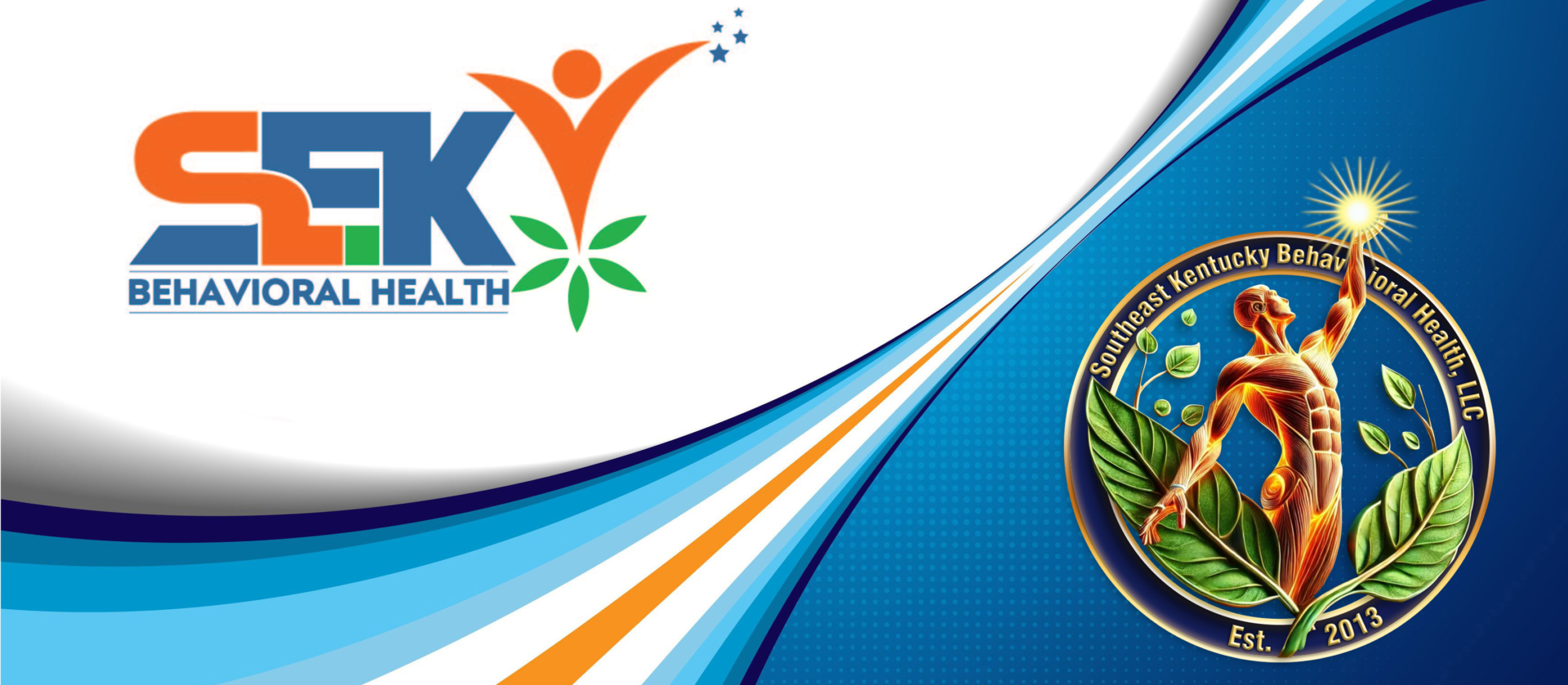Understanding and Managing Peer Pressure: A Guide for Parents

Peer pressure, a common part of adolescence, is the influence that individuals within the same age group exert on each other. This influence can impact behaviors, values, and self-perception and may occur directly or indirectly (Steinberg, 2014). While peer pressure can sometimes lead to positive behaviors—such as improved school performance or involvement in community activities—it often leads to risky behaviors, especially during teenage years. As parents, understanding how peer pressure works and knowing how to support your child in managing it can make a significant difference.
Types of Peer Pressure
Peer pressure can take various forms, and understanding these can help parents identify when their child might be under influence:
- Direct Peer Pressure: This is the most explicit form and involves a peer openly urging another to engage in a specific behavior (Allen et al., 2006). For example, a teen might directly encourage a friend to try smoking or drinking.
- Indirect Peer Pressure: This type is more subtle and may not involve explicit urging. Instead, it stems from the desire to fit in or mimic others’ behaviors to be accepted by a group (Brechwald & Prinstein, 2011). Teens often model themselves after popular peers or those in leadership roles, adopting their behaviors and attitudes.
- Positive Peer Pressure: Not all peer pressure is harmful. Positive peer pressure can encourage teens to pursue constructive activities, such as participating in sports, studying harder, or avoiding substances. Friends can support each other in making healthy choices (Simons-Morton & Farhat, 2010).
- Negative Peer Pressure: This type involves peers influencing each other to engage in harmful or risky behaviors, including drug or alcohol use, cheating, or skipping school (Gardner & Steinberg, 2005).
The Impact of Peer Pressure on Adolescents
Adolescents are particularly susceptible to peer pressure because of developmental changes. During the teenage years, individuals become more independent from their families and start to rely more on peer relationships for emotional and social support (Albert et al., 2013). Additionally, the adolescent brain is highly sensitive to rewards, and the presence of peers can increase risk-taking behavior (Steinberg, 2014).
Research indicates that peer influence can shape a teen’s values and behaviors more than parental influence during certain stages of adolescence (Simons-Morton & Farhat, 2010). For example, teens who associate with peers involved in substance use are more likely to engage in these behaviors themselves (Allen et al., 2006). However, this influence can also lead to positive behaviors if they are surrounded by supportive and motivated peers.
Recognizing Signs of Peer Pressure
Parents should look out for signs that their child may be experiencing negative peer pressure, which can include:
- Changes in Behavior or Appearance: Sudden changes in clothing, interests, or behavior may indicate attempts to conform to a peer group.
- Withdrawal from Family: Increased secrecy, reluctance to share information, or withdrawal from family activities may suggest a shift in influence toward peers.
- Academic Decline: Dropping grades or lack of interest in school could signal that your teen is prioritizing peer acceptance over responsibilities.
- Mood Changes: Increased anxiety, mood swings, or depression could be responses to the stress of peer influence or trying to meet unrealistic group expectations (Prinstein & Dodge, 2008).
How Parents Can Support Their Children
1. Open Communication
Fostering open, honest communication is essential. Regular conversations with your child can encourage them to share their feelings and experiences. According to a study by Dishion and Tipsord (2011), teens who have strong parental support and communication are more resilient against negative peer influence.
2. Teach Decision-Making Skills
Help your child develop decision-making skills and build confidence in their own choices. Parents can model assertive behavior and provide their children with tools to resist pressure, such as practicing saying “no” or suggesting alternatives (Albert et al., 2013).
3. Encourage Healthy Friendships
Encourage your teen to build relationships with peers who share positive values. Research shows that supportive friendships can act as a protective factor, reducing susceptibility to negative peer pressure (Allen et al., 2006). Get to know your child’s friends and their parents to understand the influences surrounding your teen.
4. Discuss the Consequences of Risky Behaviors
Have open discussions about the risks associated with certain behaviors, such as substance use or skipping school. Understanding the potential consequences can empower teens to make informed decisions (Simons-Morton & Farhat, 2010).
5. Model Positive Behavior
Parents are influential role models. Demonstrating responsible behavior and discussing how you handle social pressures can provide a framework for your teen (Brechwald & Prinstein, 2011). When teens see their parents handling pressure assertively and responsibly, they are more likely to emulate those behaviors.
6. Provide Positive Reinforcement
Celebrate your teen’s individuality and reinforce their positive choices. Positive reinforcement can increase their confidence, helping them resist the urge to conform to negative influences.
Conclusion
Understanding peer pressure and its impact on teenagers can help parents play an active role in guiding their children. By fostering open communication, modeling positive behaviors, and encouraging healthy friendships, parents can equip their teens with the tools they need to resist negative peer pressure. Supporting teens through these formative years is crucial, helping them build self-confidence and resilience to navigate peer influences effectively.

This article has been written by John S. Collier, MSW, LCSW. Mr. Collier has over 25 years of experience in thein the Social Work field. He currently serves as the Executive Director and service provider with Southeast Kentucky Behavioral Health based out of London Kentucky. Mr. Collier can be reached by phone at (606) 657-0532 extension 101 or by email john@sekybh.com.
References
- Albert, D., Chein, J., & Steinberg, L. (2013). The Teenage Brain: Peer Influences on Adolescent Decision Making. Current Directions in Psychological Science, 22(2), 114–120.
- Allen, J. P., Porter, M. R., McFarland, C., Marsh, P., & McElhaney, K. B. (2006). The Two Faces of Adolescents’ Success with Peers: Adolescent Popularity, Social Adaptation, and Deviant Behavior. Child Development, 76(3), 747–760.
- Brechwald, W. A., & Prinstein, M. J. (2011). Beyond Homophily: A Decade of Advances in Understanding Peer Influence Processes. Journal of Research on Adolescence, 21(1), 166–179.
- Dishion, T. J., & Tipsord, J. M. (2011). Peer Contagion in Child and Adolescent Social and Emotional Development. Annual Review of Psychology, 62, 189–214.
- Gardner, M., & Steinberg, L. (2005). Peer Influence on Risk Taking, Risk Preference, and Risky Decision Making in Adolescence and Adulthood: An Experimental Study. Developmental Psychology, 41(4), 625–635.
- Prinstein, M. J., & Dodge, K. A. (2008). Understanding Peer Influence in Children and Adolescents. The Guilford Press.
- Simons-Morton, B., & Farhat, T. (2010). Recent Findings on Peer Group Influences on Adolescent Substance Use. The Journal of Primary Prevention, 31, 191–208.
- Steinberg, L. (2014). Age of Opportunity: Lessons from the New Science of Adolescence. Houghton Mifflin Harcourt.

